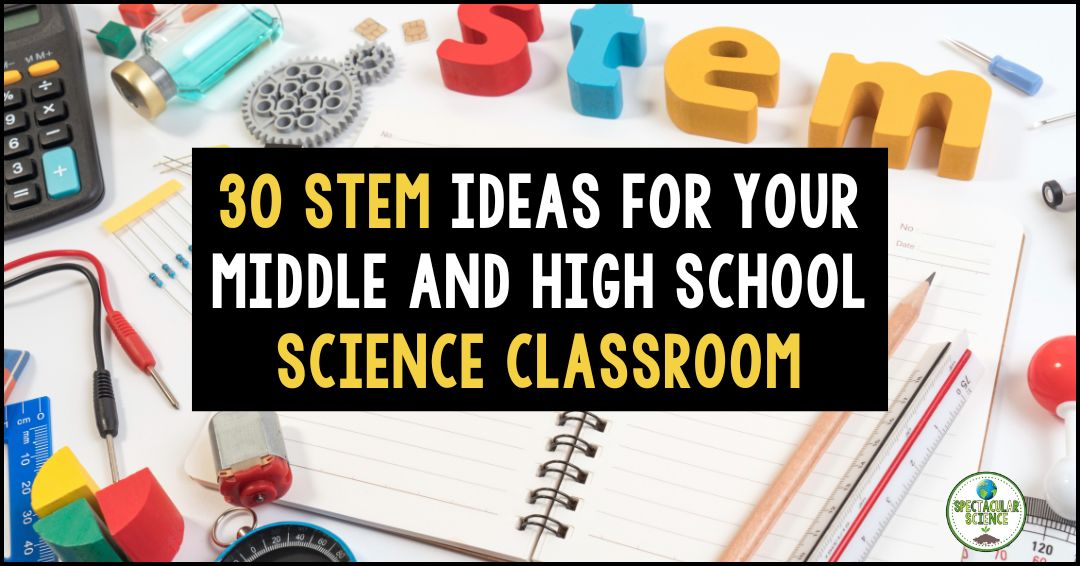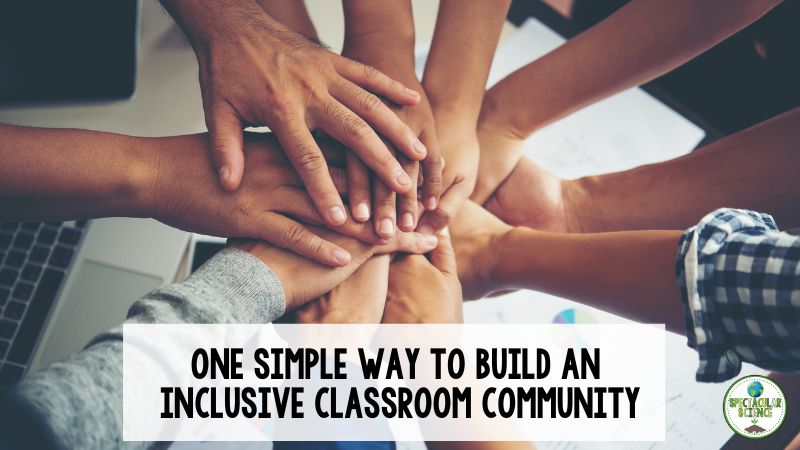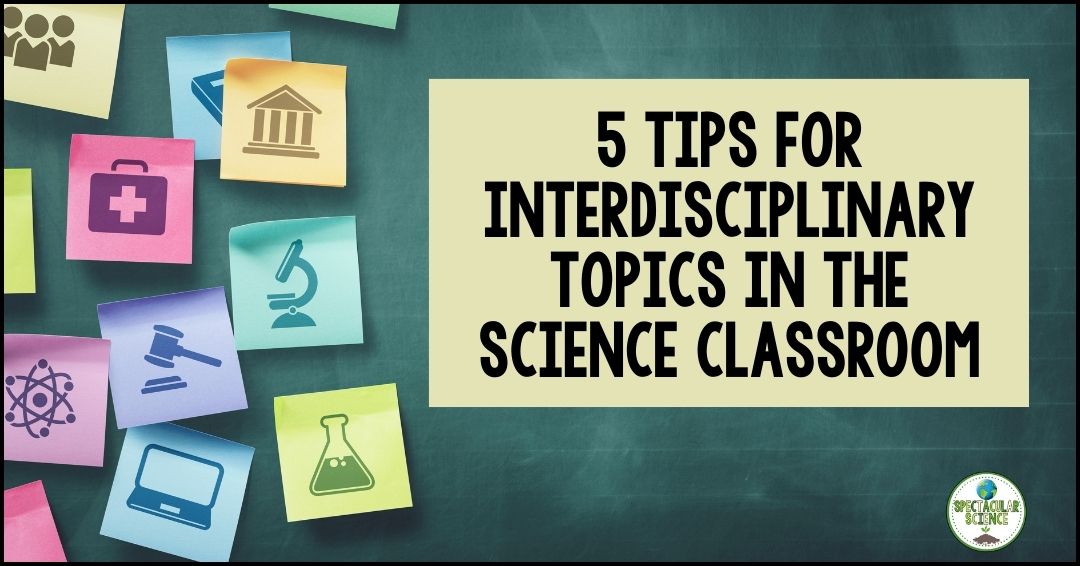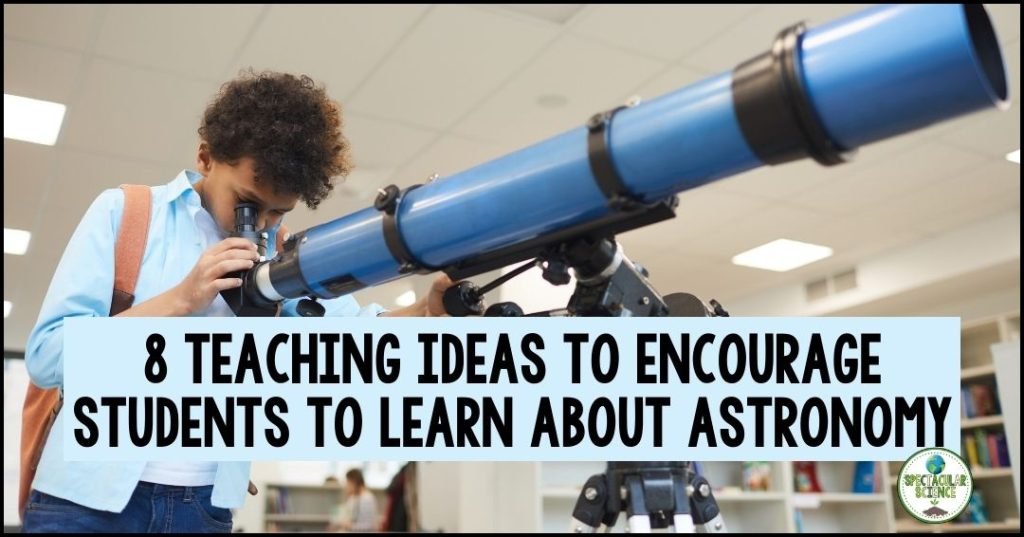
There is a point in nearly everyone’s life when they look up to the sky with wonder and awe. While this might first happen in childhood, it doesn’t mean that these feelings disappear.
So why not tap into that sense of wonder and awe within your science classroom? Have students learn about astronomy in ways that encourage and engage them.
Teaching Ideas to Learn (More) About Astronomy
Whether you are teaching a class in middle school science or a high school science class focused exclusively on Earth and space science, there are a wide variety of ways to encourage students to look to the sky and explore.
Keep reading for eight ideas to add more opportunities for students to learn about astronomy in your classroom!
1. Host a stargazing party
Organize an event where students can gather and learn about astronomy by observing the night sky. You can use telescopes or binoculars to help them see the stars, planets, and other celestial objects. This can be done on the school grounds or at a nearby observatory.

Want to add the stargazing vibes into your classroom? Check out this Star Projector Galaxy Light Projector from Amazon, which includes a remote and Bluetooth speaker.
Begin by teaching or reviewing elements of the universe with this two-week-long, low-prep unit about stars and the universe. The unit addresses how stars are classified and how the universe formed, including the Big Bang theory.
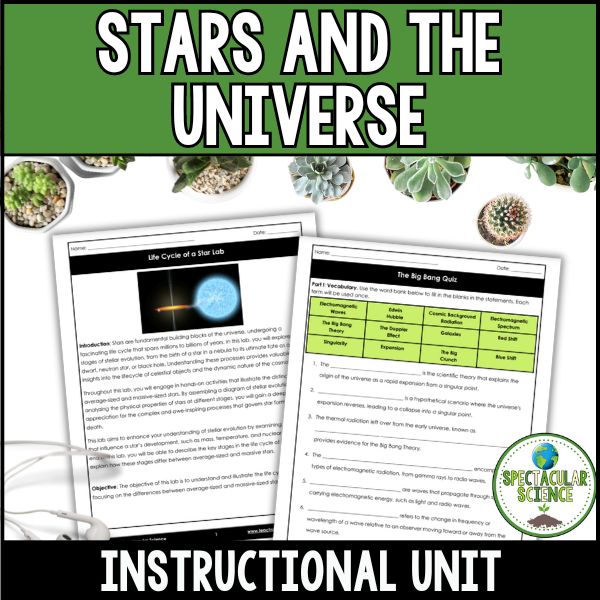
2. Take field trips
Take your students to a planetarium and give them a guided tour of the stars and galaxies. This can be a great way to spark their interest in astronomy.
You can take your students to observatories, planetariums, or even NASA facilities to see the work that goes into exploring the cosmos. This can be a great way to show them how astronomy is a real-world career path.
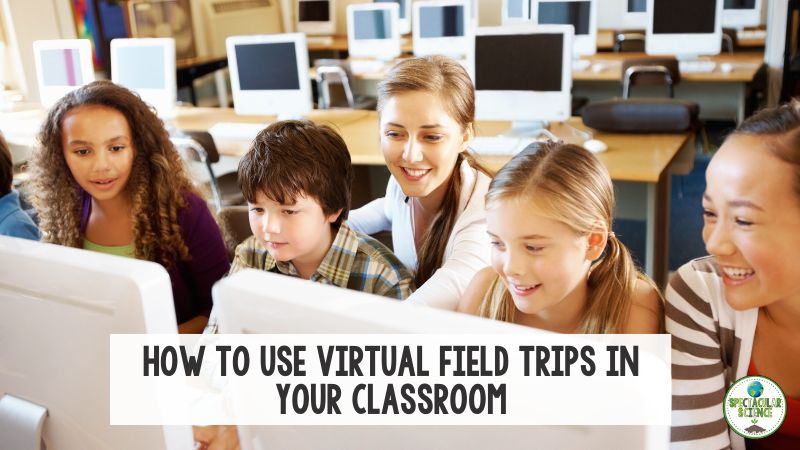
Another option if you’re not able to travel for time or budget constraints, check out this post about virtual field trips.
Want more? Check out this Planets Virtual Field Trip, a creative approach for students to learn about astronomy and the terrestrial and jovian planets that make up our solar system.
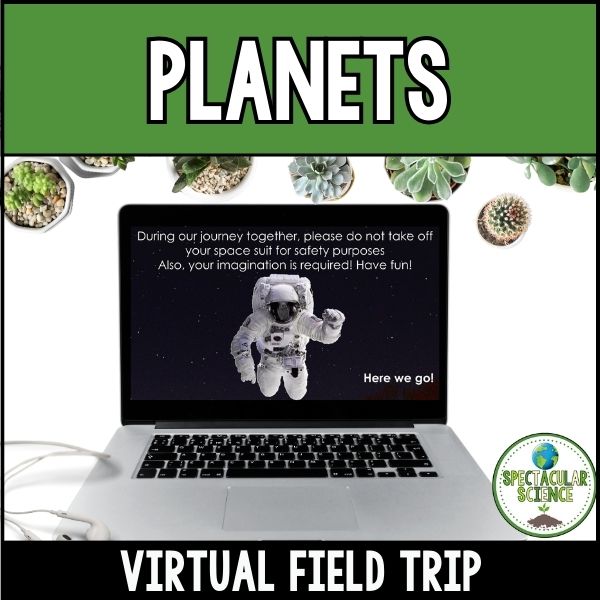
3. Participate in citizen science projects
Exploring citizen science projects is an excellent way for students to actively learn about astronomy while contributing to real-world research, fostering their engagement in the scientific community.
Check out The National Geographic’s database of citizen science projects, which includes Search Space, where people can search images for tiny interstellar dust impacts! Another option is to participate online to classify galaxies according to their shapes with Galaxy Zoo.
4. use technology
Use apps or websites like Google Sky or Stellarium to explore the night sky. These tools allow students to see the stars and constellations in a virtual setting and learn about them in an interactive way.
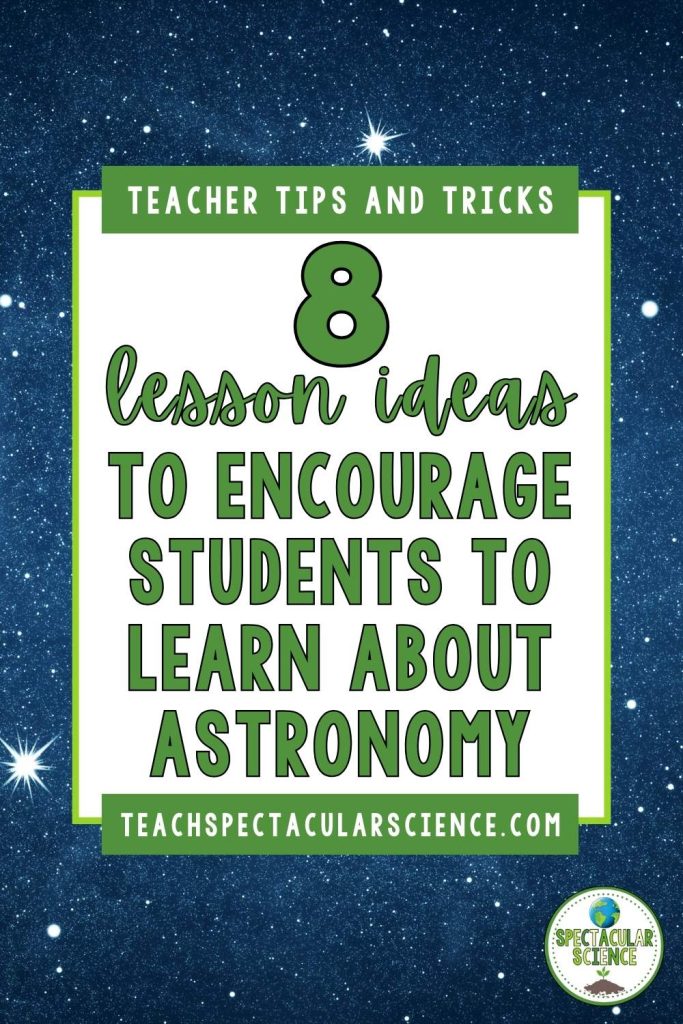
5. Host a guest speaker
Invite an astronomer or astrophysicist to speak to the students, either in person or via video conference, providing an enriching opportunity for them to learn about astronomy firsthand.
Wondering how to find a guest speaker if you don’t know any personally? Check out college or university science departments or science-focused locations such as planetariums. One other way is to check out the wide array of online video interviews with astronomers.
6. Create a space club
Start a space club or astronomy club at the school. This can be a platform for students to share their interests, learn from each other, and participate in group activities related to space and astronomy.
7. Offer hands-on activities
Provide hands-on activities such as building a model solar system or creating a constellation map. These activities help students understand the concepts better and create a sense of excitement.

This Astronomy Unit Bundle includes a ton of labs and hands-on activities as well as detailed lessons for 3-months worth of learning. Throughout the curriculum, students will delve into various topics to learn about astronomy, including reasons for the seasons, the path of the sun, ellipses, eccentricity, and Kepler’s Laws. They will also explore phenomena such as the moon, eclipses, tides, and much more!
8. Learn about astronomy while making it relevant
No matter what approach you take to incorporate astronomy into your classes or extracurricular activities, make sure to connect the study of stars with real-world applications. This includes space exploration, weather forecasting, and even communication satellites.
This can help students see the practical applications of studying the stars and generate interest that might set them up for future studies and future careers.
So what’s the key?
The key to getting middle and high school students interested in the stars is to make it fun, interactive, and relevant to their lives. By using these eight strategies, you can encourage your students to look to the sky and explore the wonders of the universe.








